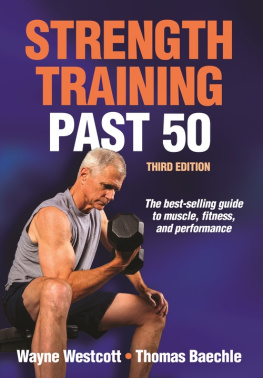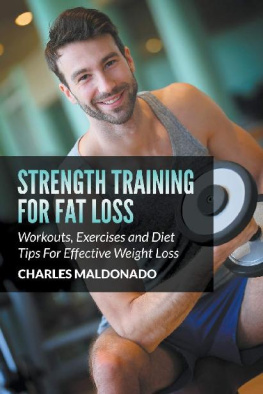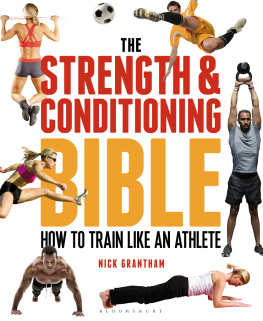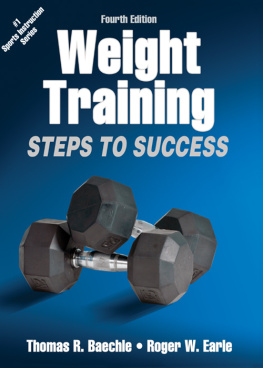Beachle, Thomas R. and Earle, Roger W. Editors 3rd Edition. Essentials of Strength Training and Conditioning (National Strength and Conditioning Association 2008)
Boyle, Michael. Advances in Functional Training (On Target Publications 2010)
Cook, Gray. Movement (On Target Publications 2010)
McGill, Stuart. 4th Edition. Ultimate Back Fitness and Performance (Backfitpro Inc. 2009)
McGill, Stuart. 2nd Edition. Low Back Disorders : evidence-based prevention and rehabilitation (Human Kinetics 2007)
Myers, Thomas W. 2nd Edition. Anatomy Trains (Churchill Livingstone 2009)
Sahrmann, Shirley A. Diagnosis and Treatment of Movement Impairment Syndromes (Mosby 2002)
Siff, Mel C. Supertraining 6th Edition (2003)
Zatsiorsky, Vladimir M. and Kraemer, William J. 2nd Edition. Science and Practice of Strength Training (Human Kinetics 2006)
INTRODUCTION
The world of exercise has seen many changes in the last twenty years. Research has revealed a wealth of information, some of which has helped confirm certain training methods to be valid and consign others to be myth. Information continues to improve with the advancements made in sports science and in coaching. Research into performance enhancement is now more relevant and applicable to real sporting situations. The practical application of the research has also come a long way, with the work of some great strength and conditioning coaches all over the world turning theories into practice. Unfortunately, it is taking a long time for the effects of all this great work to filter down and some athletes are still woefully ill informed or badly advised. Athletes of all levels, from recreational runners to keen amateur athletes, and even elite-class athletes, still present with some very common yet easily corrected deficiencies in their training. With the collaboration of researches and coaches from around the world there is enough scientific and empirical evidence to allow for well-informed decisions to be made for their training and health.
Strength training is not just for sprinters, rugby players or weightlifters; whatever your sport or reason for exercising, you need to do some strength training. Runners of all kinds, from middle-distance to marathoners and beyond, will get better results and stay healthier with the addition of some strength work. All you footballers out there will benefit from some weight training; it could prolong your career too. Accelerating, stopping, changing direction and jumping all feature in the playing of football, tennis, cricket, hockey and many other popular sports. All these aspects will get better if you improve your strength and power.
One of the main objectives in training is the prevention of injury. If you are injured you cannot train or compete. Training must also enhance performance in some way. This means that training has to be made as safe and as effective as possible. Bear this in mind when selecting exercises for your programme and think about the associated risks against the possible benefits. Crazy balancing acts on stability balls with heavy weights, for example, are counterproductive and just plain dangerous. New fitness fads and training methods will come and go, but the big strong lifts and sound training principles will always be around because they work. Be wary of the latest over-hyped fitness fad and try to be analytical in your appraisal of it before jumping on the band wagon. This does not mean you should reject everything new; excellent innovations will continue to be made but they need to be distinguished from the gimmicks and fads.
This book will provide the information you need to look after yourself better and perform better. Even before you have built significant strength, simply improving your movement with some SMR and mobility work will make you feel better and improve your performance. Some athletes have set new personal best times after just two weeks by working at getting rid of trigger points and mobilizing stiff joints before they have even started proper strength training.
There are explanations on how to prepare yourself for training sessions and look after your body better, by reducing aches and pains and injuries and making yourself stronger and more robust. The first section looks at how good posture can influence performance by helping maintain muscle balance and joint alignment to allow optimal movement and expression of strength in diverse situations.
Next is the training preparation or warm-up phase, a progressive four-stage plan to make sure you are ready for your training session. Instead of ignoring your stiff back or shoulders and heading straight for the weights, spending ten to fifteen minutes working on mobility and stability will greatly improve your training.
Methods for strengthening and stabilizing the torso, or core as it is also known, are explained and illustrated; some of these can be used as good pre-activation exercises as well.
The main section explains how to perform and develop technique for some of the best exercises for increasing whole-body strength and improving health and performance.
The final chapter on planning contains some example programmes and effective training methods to help you in your quest for strength.
CHAPTER 1 POSTURE
Correct postural balance and strength are important for efficient movement in everyday life and for optimal performance in sporting situations and it all begins when we are babies. In the womb we develop in the foetal position and after birth we start strengthening the muscles that comprise the posterior chain. These are the muscles running from the head down the spine to the hips and down the back of the legs to the feet. Babies have great mobility and quickly start to develop the stability and strength they need to get to their feet and start walking. Motor patterns and movement are practised and perfected until they can stand, then walk and eventually run around with confidence and good posture. Toddlers have great squatting and dead-lifting technique too.
As children start attending school they find themselves sitting down for longer periods at a time, and this is when bad postural habits and muscle imbalances can start to develop. Kids need to move. Movement develops motor skills, maintains mobility and is vital to ensure healthy development of the whole body. As we get older the pressures of modern life make it harder to find opportunities to maintain optimal mobility and good posture. We spend more and more of our waking hours sitting down: on the way to work, on the train or in the car; at work for hours on end; on the way home again; and at home in the evening watching television. None of this is good for the posterior chain that developed so well in infancy. Then, to make things worse, because we sit around so much we develop a paunch, so we start doing sit-ups in a vain attempt to get six-pack abs. This only adds to the overdevelopment of the anterior chain and contributes to poor posture, among other problems.
Athletes and non-athletes develop posture and movement dysfunctions through daily habits and poorly designed training programmes. Poor posture can lead to neck, shoulder, back, hip or knee and ankle pain, and possibly injury. Adopting the correct posture during athletic movements will reduce the risk of injury by making sure that all joints and structures are in the right position to absorb and generate forces. Good posture can be encouraged and reinforced with an appropriate mobility and strength programme that addresses muscle imbalances and movement dysfunctions.
Healthy Posture
Posture can be influenced by many factors, from repetitive sporting actions and frequently held positions at work or rest, to acute or chronic injuries, emotional stress and even sleep positions. It is a very complex subject and one that cannot be extensively explored here. Proper analysis and treatment of postural and movement dysfunction, especially in the presence of pain, requires the skills of an appropriately qualified therapist. However, some of the more common and basic dysfunctions can be assessed with movement screens such as the Functional Movement Screen (FMS) devised by Gray Cook and helped with corrective exercise strategies. Below are some basic explanations of common postural dysfunctions, which will give an idea of how the body is linked throughout with many ways of integrating muscles for producing movement and providing support.

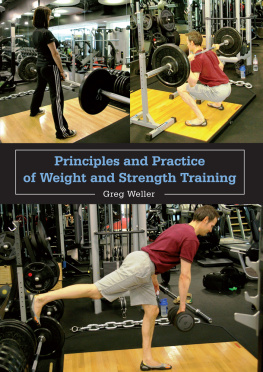
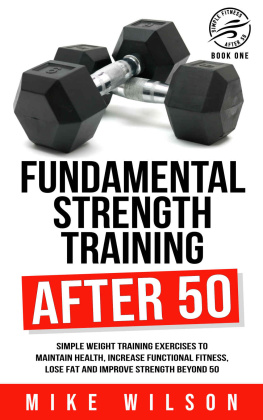
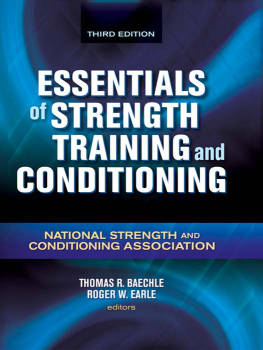
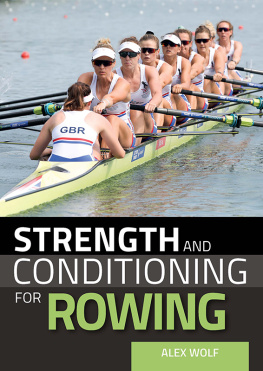
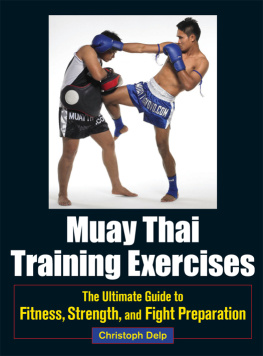

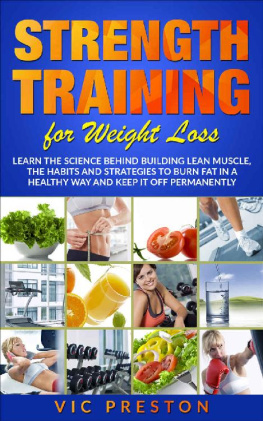
![Cotter - Kettlebell training: [95 exercises for strength, toning, stamina, and weight loss]](/uploads/posts/book/196732/thumbs/cotter-kettlebell-training-95-exercises-for.jpg)
